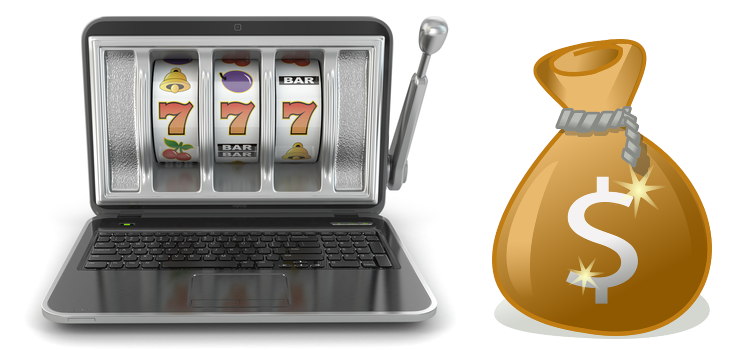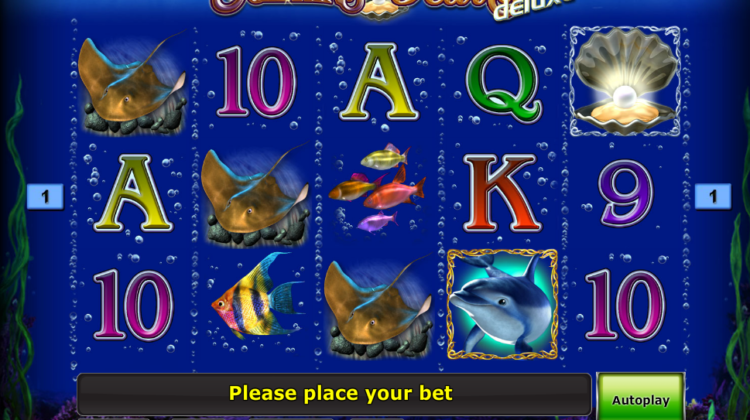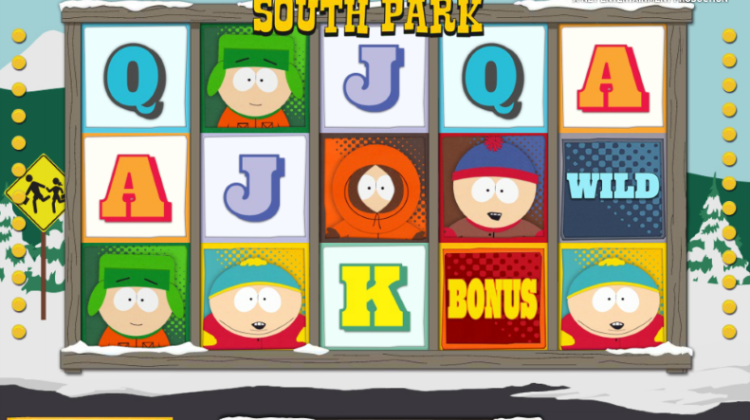Backgammon is a race game. You have two options: try to win the race by advancing forward; or, give up on the race, make a prime, wait for a shot and hit it. If you choose (or are forced to choose) to hang back and wait – you’re playing a backgame, according to some earlier backgammon strategies. Contemporary theory has a more specific treatment of defensive strategies; and, the term “backgame” is used in a more limited sense.
Defensive structures often include one or more anchors. A single anchor on an advanced point (5, 4 or 3) is a holding game. A single anchor on a deep point (1, 2 or 3) is a deep anchor game. Advanced or deep anchor games have corresponding winning strategies; the 3 point, indicated twice, illustrates the difference. Early in the game it acts as an advanced anchor, covering the outer field and affording winning expectations by either hitting an outer field shot or simply winning the race. Later in the game, often behind a prime, it is similar to the deeper points, with winning strategies reduced to hitting a late shot in the bear-in or bear-off or rolling several large doubles.
The defining characteristic of a backgame is that the defensive structure includes two or more anchors. The backgame’s corresponding game plan is to hold both points as long as necessary, force your opponent to bear in or off awkwardly, hit a late shot and contain the blot behind a prime. Typically, the backgame anchors are deep and close together (1-2, 1-3, 2-3, 2-4). Keeping them back delays the moment when the winning shot comes and allows time to prepare a prime to contain the piece(s) you hit. If the defensive structure’s two anchors are widely separated (1-4, 1-5, 2-5) or are both advanced (3-4, 3-5, 4-5) either can be called a backgame. However, in practice, such structures usually don’t turn out to favor the same strategy as the deep anchor backgames. If the anchors are both advanced, one anchor is often lost and the game proceeds as a single anchor holding game. If the anchors are widely separated, one anchor can be lost and the game proceeds either as a holding game or a deep anchor game.
Is there a quasi-backgame? This may be the 1-5 game and there’s usually no reasonable possibility of holding both points until your opponent leaves a shot. Even if that is possible, the strategy isn’t nearly as threatening to your opponent as a deep anchor backgame. Consequently, you’ re often faced with deciding between holding the 5 point, giving up the ace point and losing the race; or, giving up the 5 point, allowing the ace point to be primed and getting gammoned.
If the defensive structure includes 3 or more anchors, it’s clearly a backgame. Typically, such structures afford excellent, winning chances. Nevertheless, if your shot comes before you’re ready, the result is often a gammon or backgammon loss.
Can a backgame be too “big”? Can you have too many points back? Of course. Players have been cautioned not to let a backgame opponent get too many pieces back. However, it’s ineffective to focus on how many pieces back is good or bad. Instead, look at the entire board. Whether more or fewer pieces back is bad or good depends on where they are, both players’ forward structures, and the crucial timing of preparing a prime to be ready when the awaited shot finally comes.
By Shawn Somerville
All of Shawn’s backgammon strategy articles can be found at HomeBackgammon.com along with bonus codes, freeroll listings and tournament schedules.











No Comment